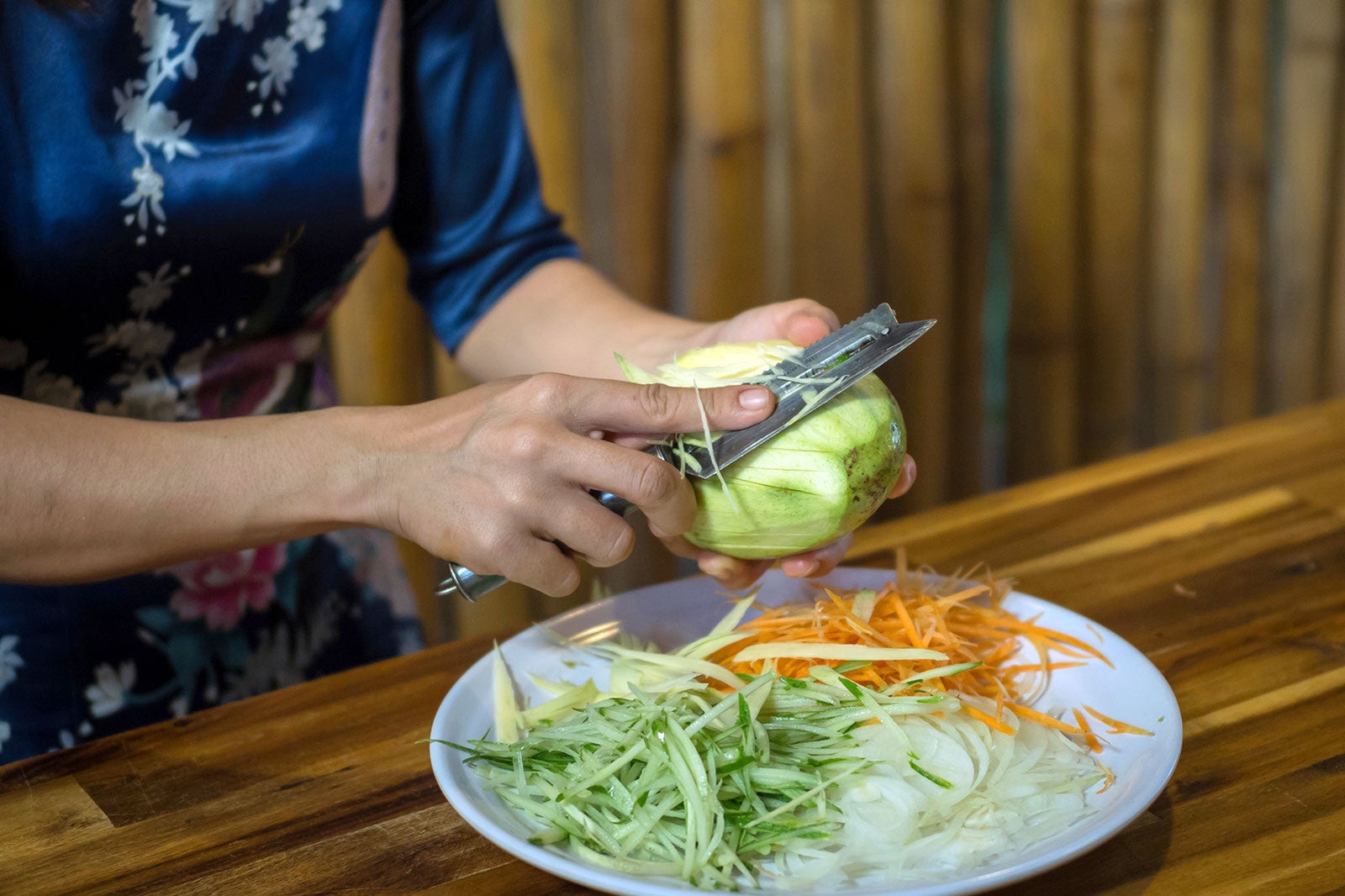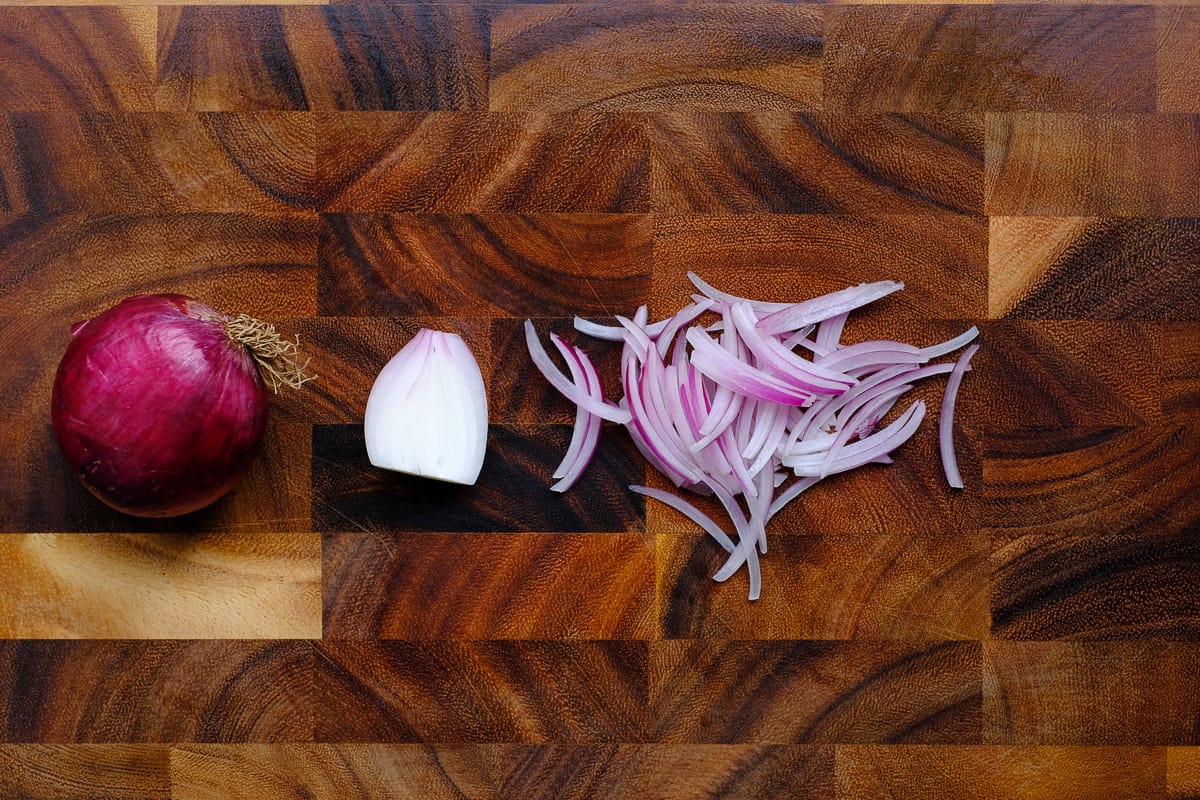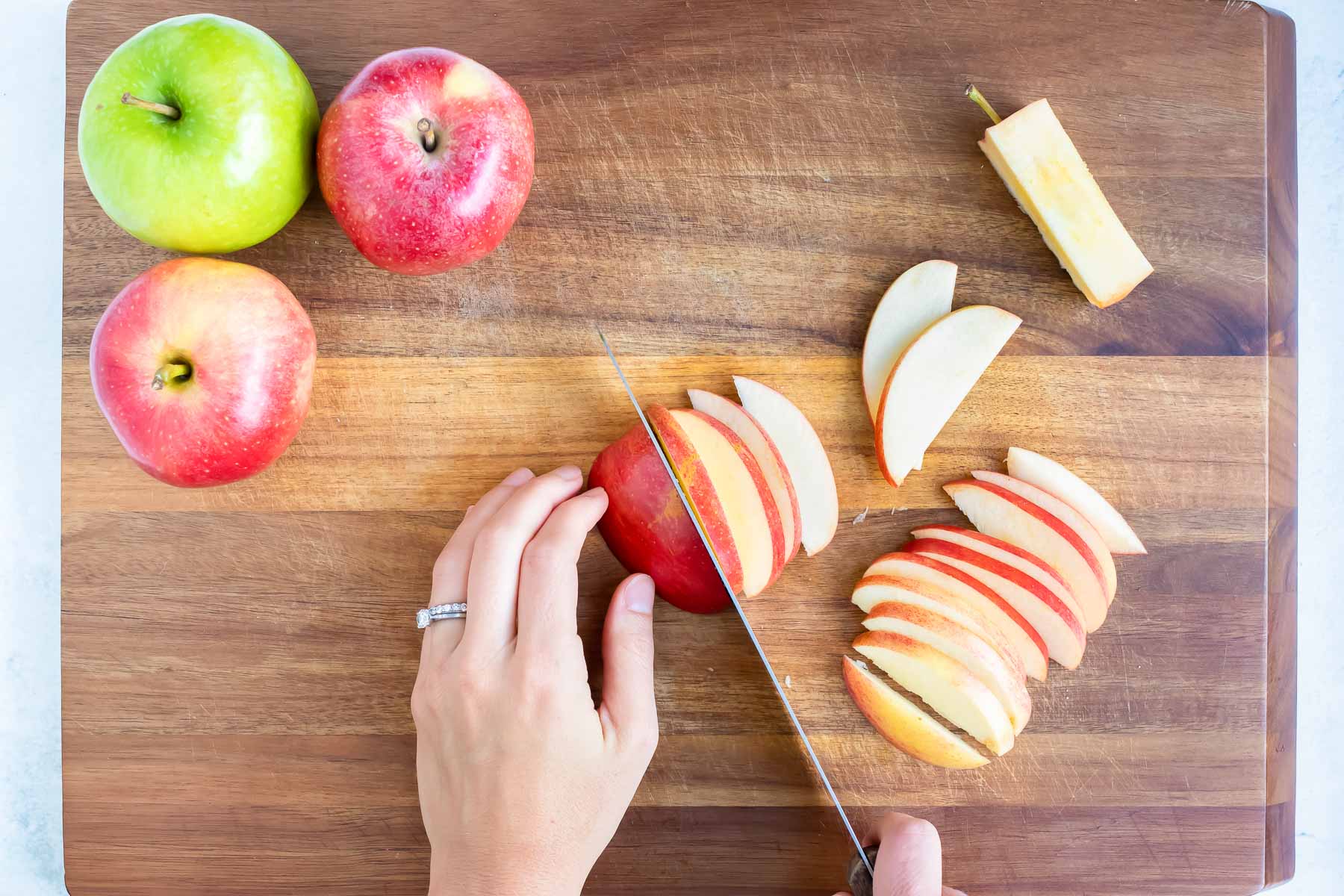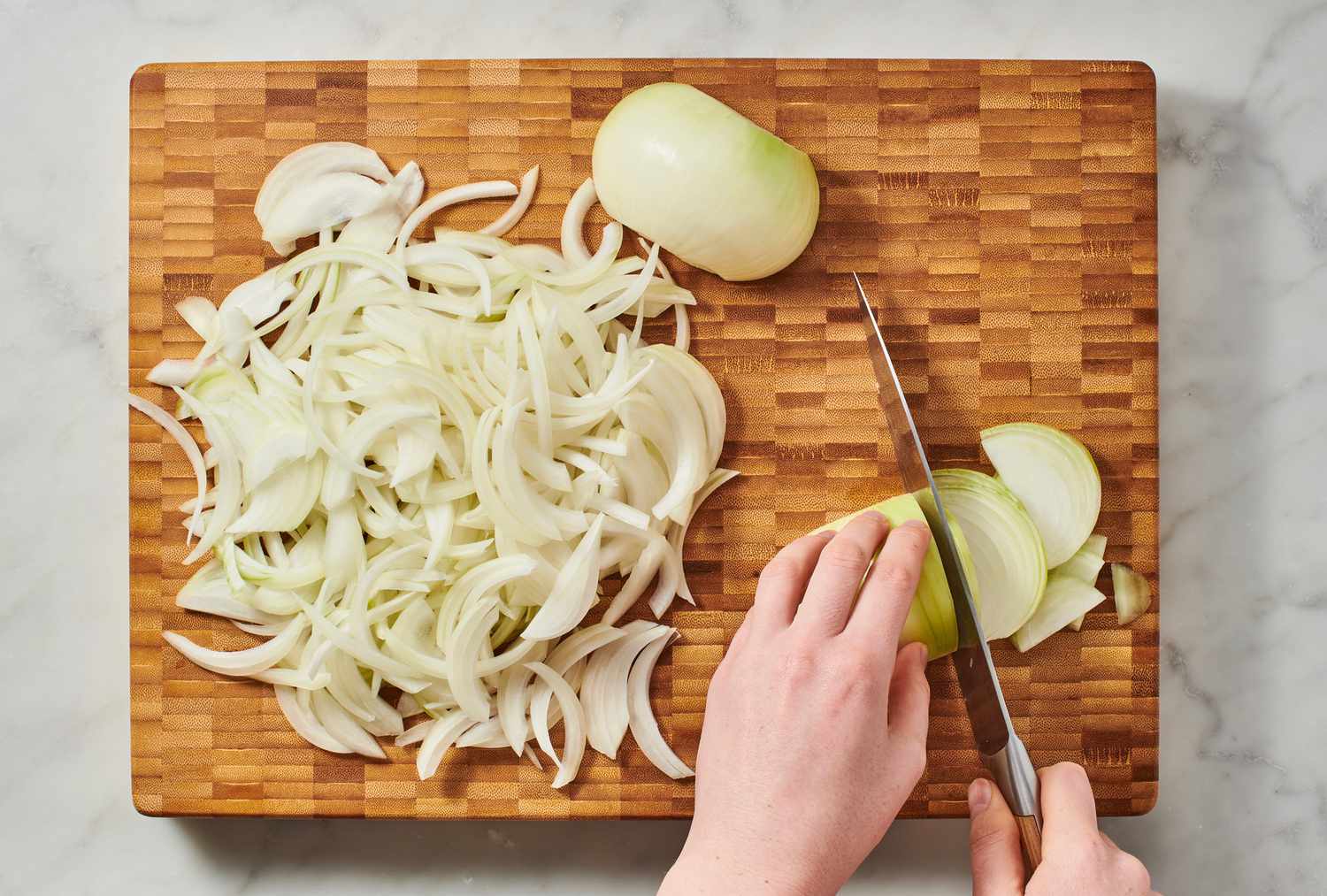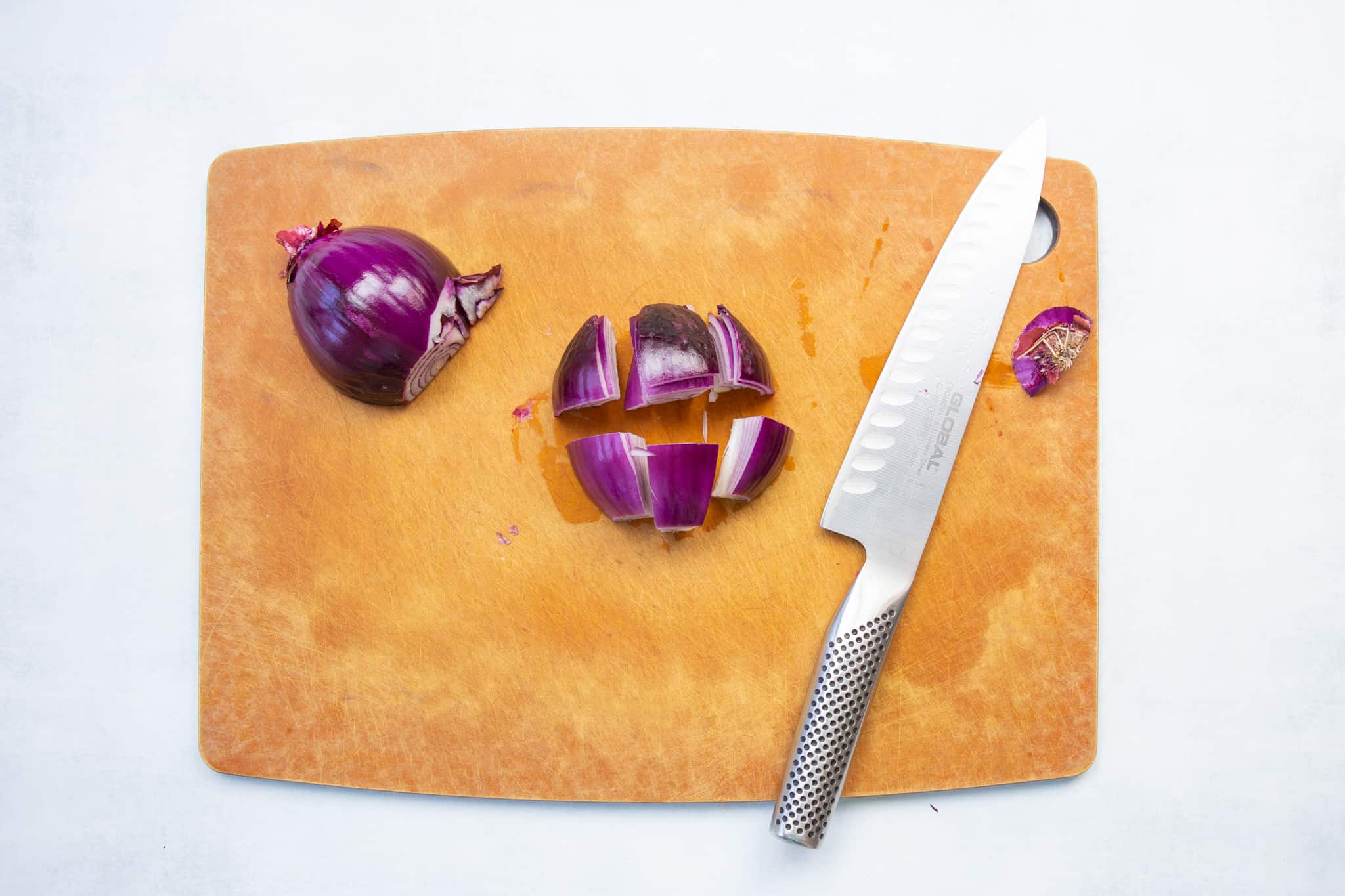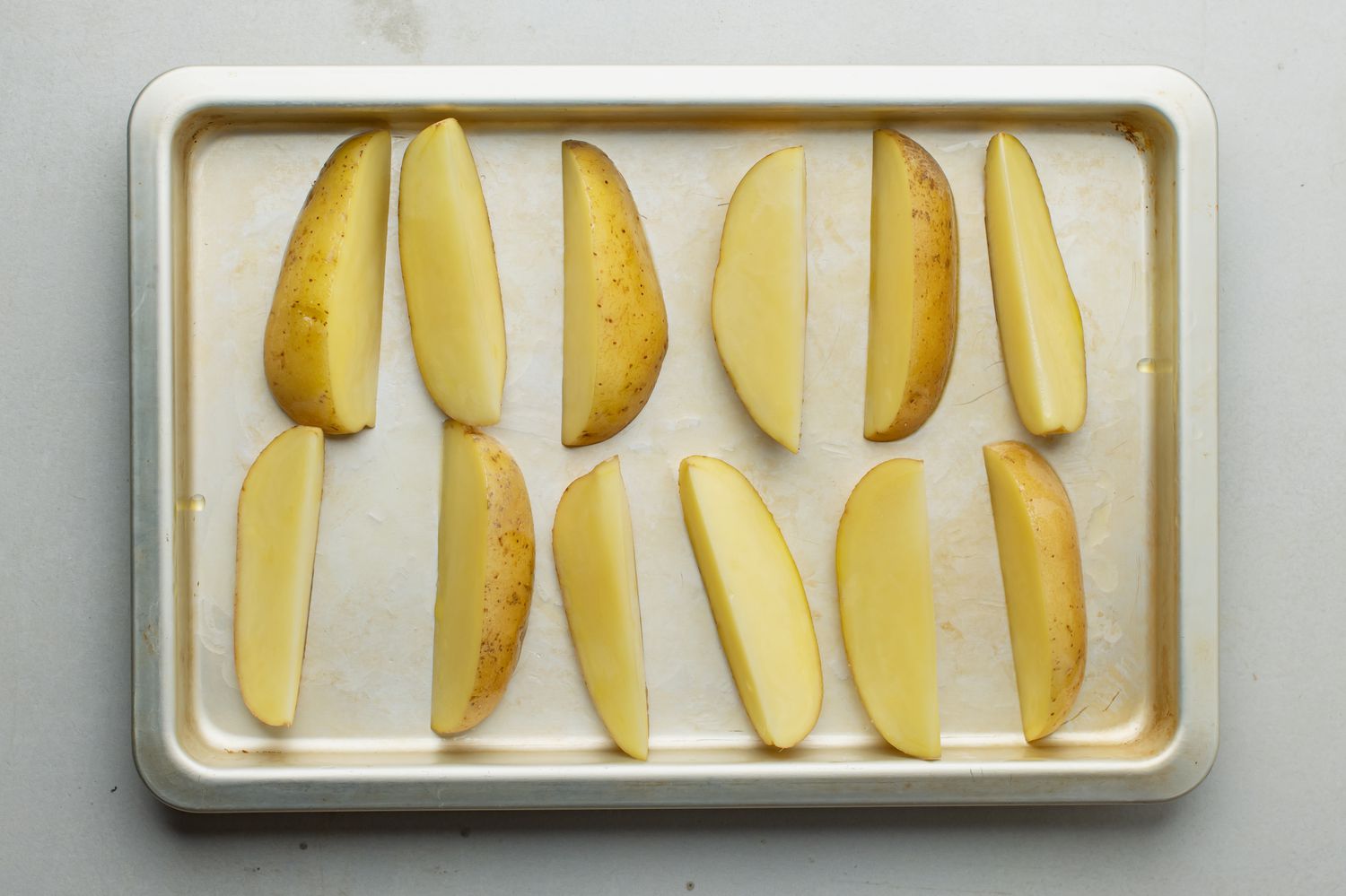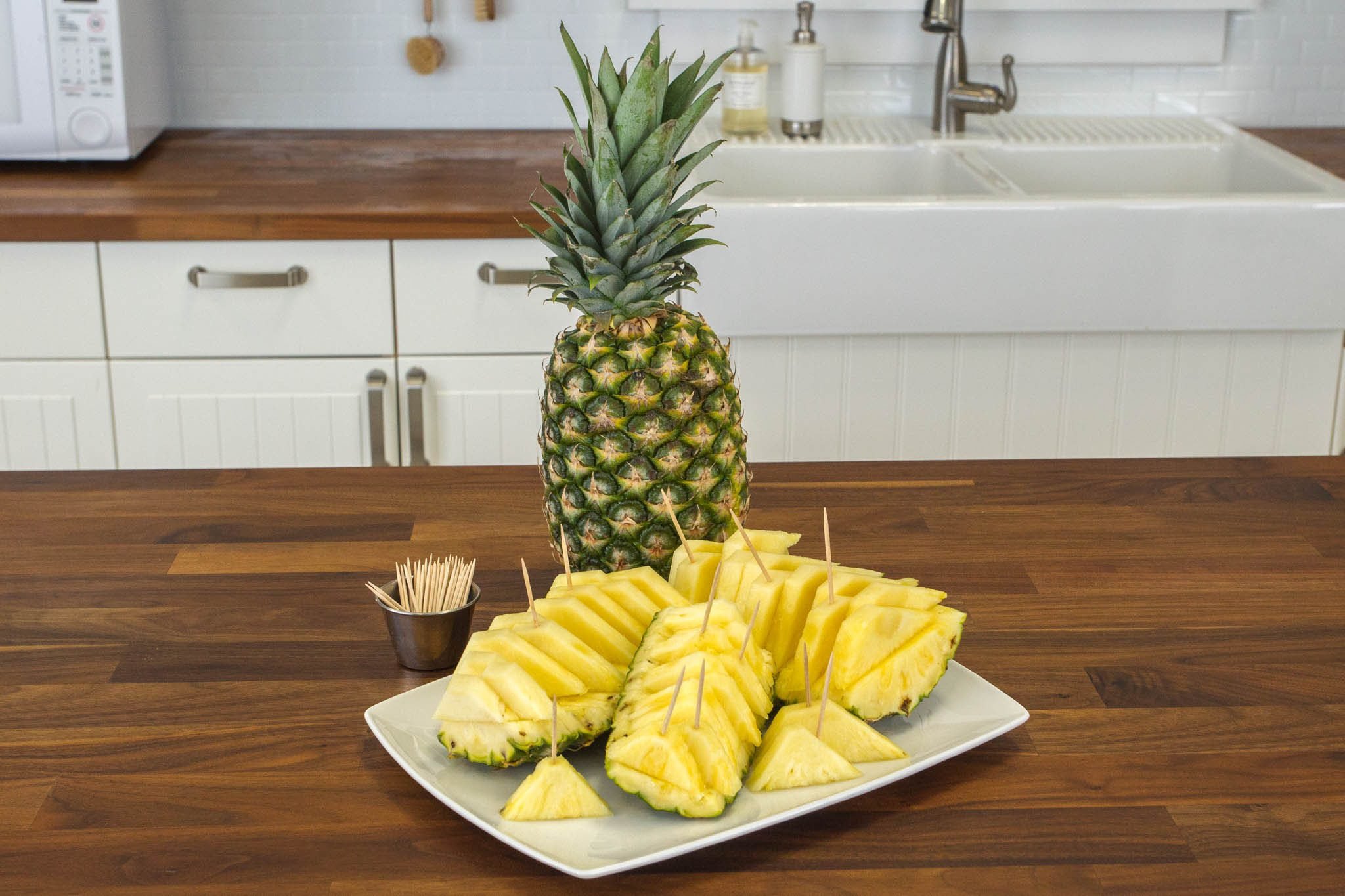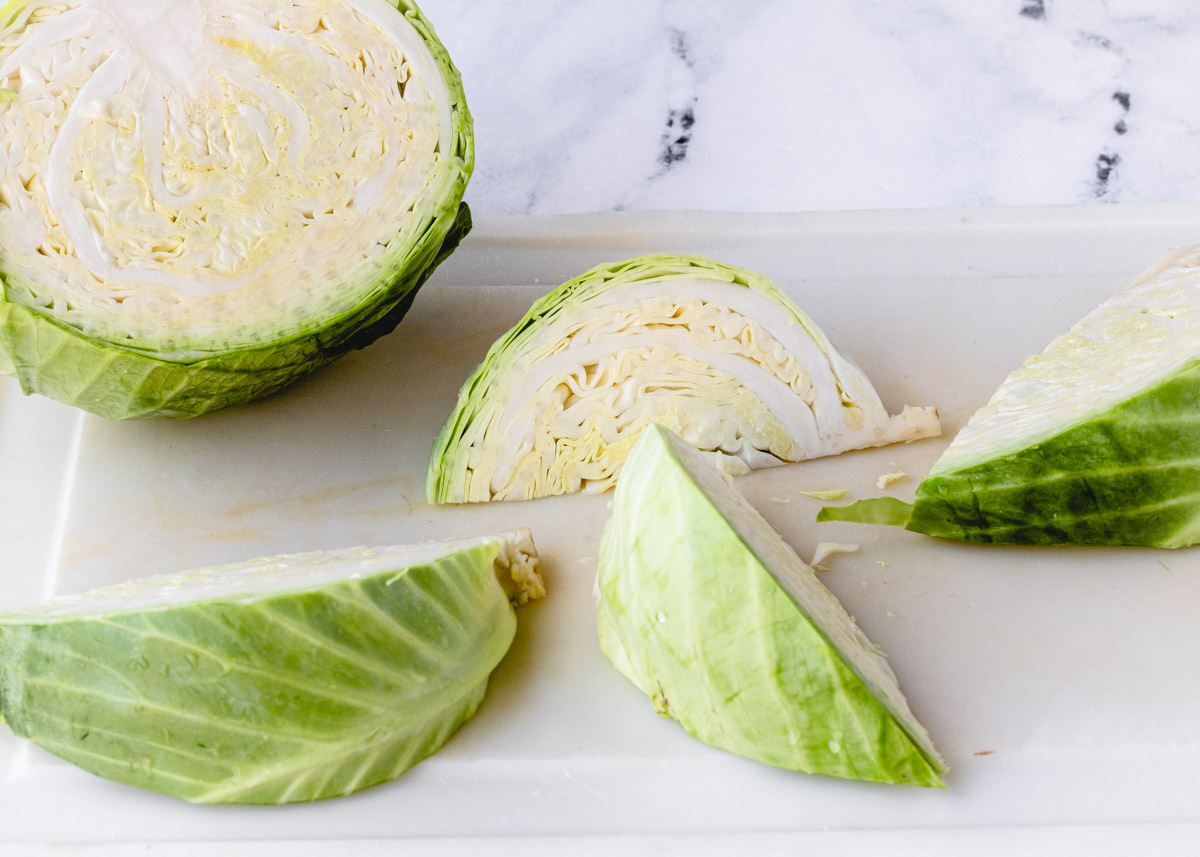Discover the Best Techniques on How to Cut Beets like a Pro
Beets are beautiful, vibrant, and healthy vegetables that add a delicious touch to salads, soups, and side dishes. However, cutting beets can sometimes be a daunting task, especially if you’re not familiar with the right techniques. But fear not, we’re here to help you become a beet-cutting expert!
Follow these simple steps to ensure you slice and dice your beets like a pro:
1. Gather Your Tools
Before you begin, make sure you have the right tools at your disposal. You’ll need a sharp chef’s knife, a sturdy cutting board, and a vegetable peeler. Having these tools handy will make the process much smoother.
2. Wash and Prep Your Beets
Start by giving your beets a good wash under cold water to remove any dirt or debris. Then, using a vegetable peeler, gently peel the skin off the beets to reveal their vibrant, colorful flesh. This step is essential for a smooth and enjoyable cutting experience.
3. Decide on the Shape and Size
Now, think about how you want to incorporate beets into your dish. Do you want them sliced, diced, or julienned? Depending on your preference and the recipe requirements, choose the appropriate shape and size for your beets.
4. Slicing Beets
If you’re opting for sliced beets, start by cutting off the stem and root ends. Then, using your chef’s knife, make thin, even slices across the beet. Remember to apply even pressure and keep your fingers away from the blade to prevent any accidents.
5. Dicing Beets
For diced beets, begin by cutting the beet into thin slices, as described in the previous step. Once you have sliced beets, stack them together and cut them into strips. Finally, turn the strips sideways and cut them into small cubes. Voila! You have perfectly diced beets.
6. Julienned Beets
To achieve beautifully julienned beets, start by cutting the beet into thin slices, just like when preparing diced beets. Then, stack the slices and cut them into thin, matchstick-shaped strips. These lovely julienned beets will add an elegant touch to any dish.
Now that you know the ins and outs of cutting beets, you can confidently incorporate them into your culinary creations. Whether you’re making a refreshing beet salad or a hearty beet soup, your perfectly cut beets will elevate the dish to a whole new level!
Remember to always practice caution when handling sharp objects and ensure your cutting surface is stable to prevent any accidents. So go ahead, grab those beets, and start exploring the endless culinary possibilities!
For those eager to experiment with their newfound beet-cutting skills, there’s a plethora of recipes to try. Start with a refreshing Beet and Goat Cheese Salad, combining earthy beets with creamy goat cheese for a delightful contrast. If you’re in the mood for a dip, Beet Hummus offers a vibrant twist on the classic. For something sweet and tangy, Beet and Orange Salad pairs beets with juicy oranges. Craving something crunchy? The Beet and Walnut Salad is a perfect choice, blending the nutty flavor of walnuts with the rich taste of beets. For a unique side dish, Beet and Carrot Slaw brings together the crispiness of carrots and the earthiness of beets in a colorful mix. Finally, Beet Pasta with Goat Cheese is a must-try for pasta lovers looking to add a splash of color and flavor to their dishes.
Was this page helpful?
Read Next: How To Cut A Honey Mango
